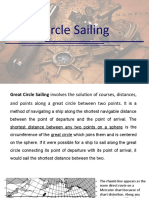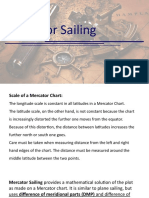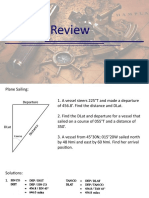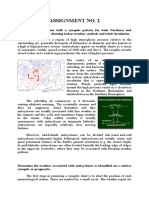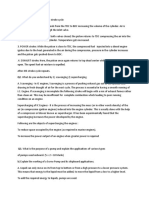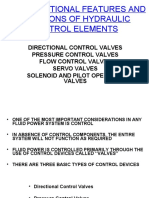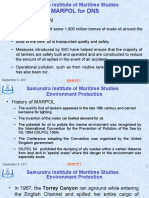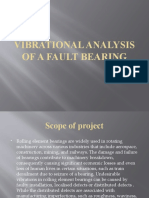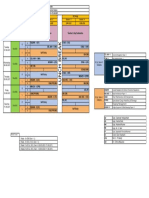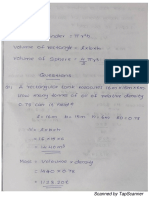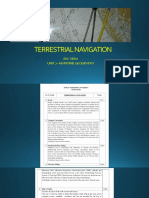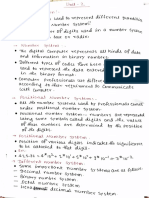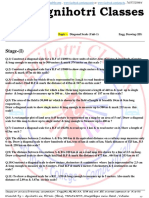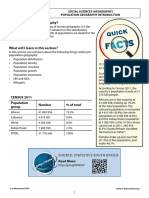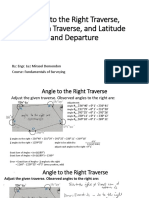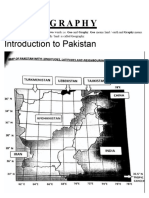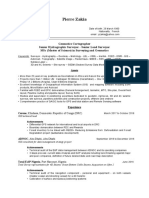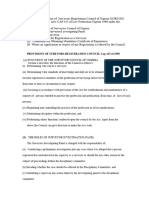100% found this document useful (2 votes)
3K views56 pagesUnit 6 - Great Circle and Composite Sailing
The document discusses great circle navigation and spherical trigonometry. It defines key terms like great circles, small circles, and gnomonic projection. It also describes chart projections and formulas for solving spherical triangles, including Napier's rules. Worked examples are provided to demonstrate calculating great circle tracks between two points by finding the initial course, final course, distance, vertex position, and where the track crosses specific lines of longitude and latitude.
Uploaded by
Utpal KantCopyright
© © All Rights Reserved
We take content rights seriously. If you suspect this is your content, claim it here.
Available Formats
Download as PDF, TXT or read online on Scribd
100% found this document useful (2 votes)
3K views56 pagesUnit 6 - Great Circle and Composite Sailing
The document discusses great circle navigation and spherical trigonometry. It defines key terms like great circles, small circles, and gnomonic projection. It also describes chart projections and formulas for solving spherical triangles, including Napier's rules. Worked examples are provided to demonstrate calculating great circle tracks between two points by finding the initial course, final course, distance, vertex position, and where the track crosses specific lines of longitude and latitude.
Uploaded by
Utpal KantCopyright
© © All Rights Reserved
We take content rights seriously. If you suspect this is your content, claim it here.
Available Formats
Download as PDF, TXT or read online on Scribd
/ 56


